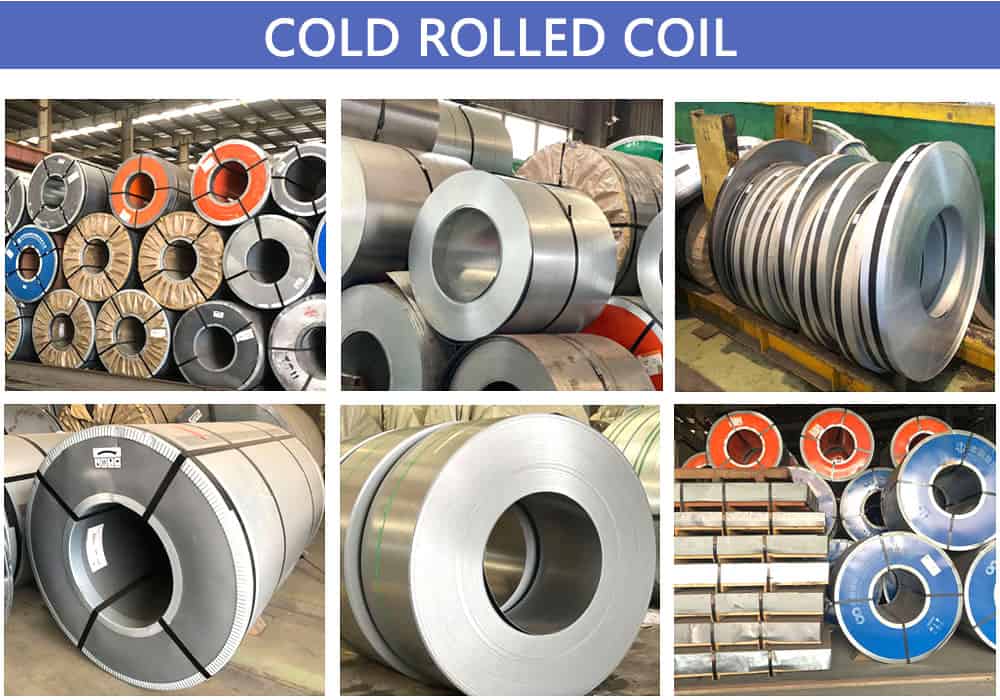Hc260la Steel FAQS
What is hc260la steel?
hc260la steel is a high-carbon, low-alloy steel that offers a variety of benefits. First, hc260la steel is highly resistant to wear and tear. This makes it an excellent choice for applications where durability is key, such as in construction or mining. Second, hc260la steel holds its shape well under extreme conditions. This means that it can be used in applications where precision is critical, such as in the aerospace industry. Finally, hc260la steel is easy to weld and work with, making it a versatile material for a variety of applications.
What is the chemical composition of hc260la steel?
hc260la steel is a kind of Steel with high carbon content, which is widely used in daily life. The chemical composition of hc260la steel is:
C (Carbon): 0.42-0.50%
Mn (Manganese): 0.60-0.90%
Si (Silicon): 0.15-0.35%
P (Phosphorus): ≤0.040%
S (Sulfur): ≤0.035%
Cr (Chromium): ≤0.30%
How to use hc260la steel?
hc260la steel is a high-carbon, low-alloy steel that can be heat treated to create a variety of hardness levels. The higher the carbon content, the harder the steel will be. hc260la steel is often used in construction and manufacturing applications where strength and durability are required.
To use hc260la steel, first heat the metal to its austenitizing temperature, which is around 2200 degrees Fahrenheit. Then quench it in oil or water to cool it rapidly. This will cause the metal to become hard and brittle. Finally, temper the steel by heating it to a lower temperature to relieve some of the stress from quenching and make it more ductile.
What are the alternatives to hc260la steel?
There are a few alternatives to hc260la steel that are worth considering depending on your needs. If you need a steel with similar characteristics to hc260la but with a higher tensile strength, consider using one of the high-strength low-alloy steels such as AISI 4140 or SAE 4140. These alloys have carbon levels between 0.36-0.44% and manganese levels between 0.65-1.10%, giving them increased strength compared to hc260la while still maintaining good weldability and toughness. If you need a stronger steel but welding is not a concern, consider using an alloy such as 4340 which has a higher carbon level of 0.43-0.50%. This will give the steel increased hardness and strength but make it more difficult to weld.
What is the difference between steel grades HC260LA and HC260Y?
HC260LA is a steel produced by Baosteel. The material/brand is HC260LA, and the implementation standard is Q/BQB 419-2009. It is a cold-rolled automotive structural steel. Tensile resistance: ≥350-430, extension: ≥26
HC260Y is an alloy steel, widely used in ships, vehicles, aircraft, railways, bridges, pressure vessels, machine tools and other structures
What are the advantages and disadvantages of hc260la?
advantages :fast forming speed, high output, and no damage to the coating, can be made into a variety of cross-sectional forms to meet the needs of the use conditions; cold-rolled steel can cause large plastic deformation of the steel, thereby improving the strength of the steel Yield point.
disadvantages
- Although there is no thermal plastic compression during the forming process, there are still residual stresses in the section, which will inevitably affect the overall and local buckling characteristics of the steel;
- The cold-rolled steel profile is generally an open section, which makes the free torsional stiffness of the section low. It is easy to twist when it is bent, and it is easy to buckle when it is compressed, and its torsional performance is poor;
- The wall thickness of cold-rolled steel forming steel is small, and there is no thickening at the corners where the plates are connected, and the ability to withstand local concentrated loads is weak.
How is the HC260LA manufactured?
- Uncoiling and welding
Uncoil the steel coil, provide the steel strip required for continuous operation, and weld the strip tail of the forward cold-rolled steel and the strip head of the rear cold-rolled steel to ensure the continuous production of the unit.
- Degreasing and cleaning
The cleaning section is to clean the surface of cold-rolled steel to remove rolling oil and iron powder to obtain good coating adhesion and surface quality, generally including spraying, brushing, electrolytic cleaning, brushing, spraying, squeezing and hot air drying Drying and other equipment, the cleaning section is more important for hot-dip galvanizing, and it is an important step to obtain a good surface quality of cold-rolled steel.
- Annealing
Recrystallization annealing is carried out on the hard-rolled cold-rolled steel to obtain good mechanical properties of the product. By controlling the atmosphere in the furnace to obtain good coating performance of the cold-rolled steel, the annealing furnace generally consists of preheating, heating, soaking, and cooling. Wait for several segments to form.
- Air knife zinc layer control
The thickness of the coating on the surface of the cold-rolled steel is controlled by blowing gas, usually air or pure nitrogen, to the surface of the cold-rolled steel after it leaves the zinc pot.
- Alloying treatment
Alloying treatment is the process of heating the galvanized cold-rolled steel to obtain the zinc-iron alloy coating
- Leveling and straightening
Roll the cold-rolled steel with a small rolling force to eliminate the yield plateau of low-carbon steel, improve the performance of the cold-rolled steel, obtain the desired surface roughness of the cold-rolled steel, improve the shape of the cold-rolled steel, and obtain good flatness Wait. After leveling is tension leveling, which is to stretch and straighten cold-rolled steel, and the most important thing is to obtain a good shape.
- Post-processing
Passivation or other chemical surface treatment is carried out on cold-rolled steel to obtain the corrosion resistance, lubrication or other requirements desired by the user. Generally, spray drying or roller coating drying is used.
- Trimming
Trim the cold-rolled steel as needed to obtain a suitable width precision.
- Oiling
Apply oil to cold-rolled steel to obtain certain anti-rust and lubricating properties.


